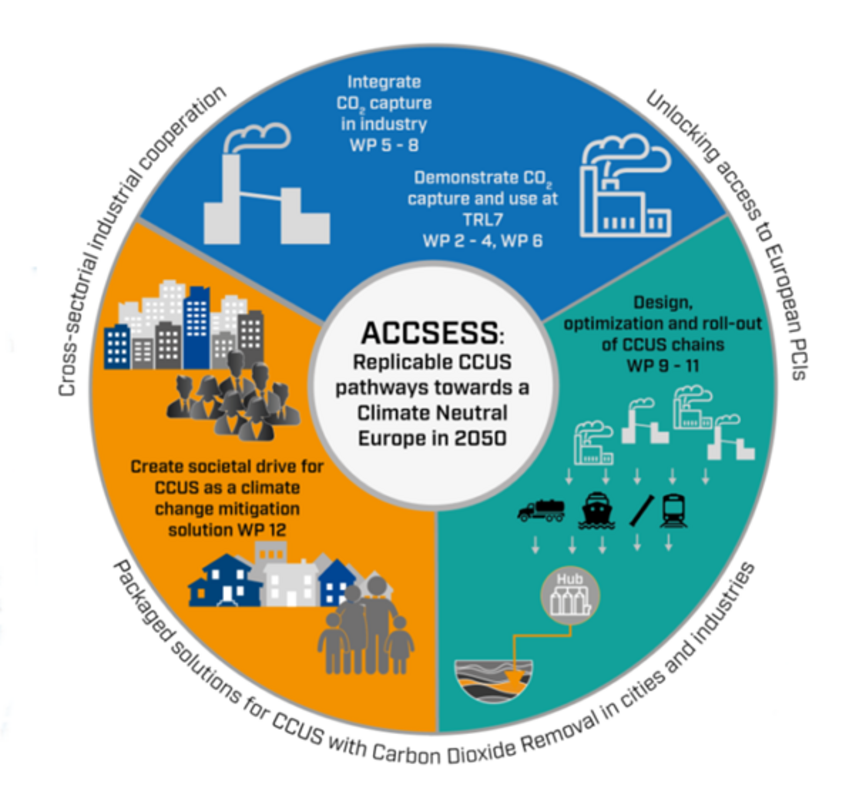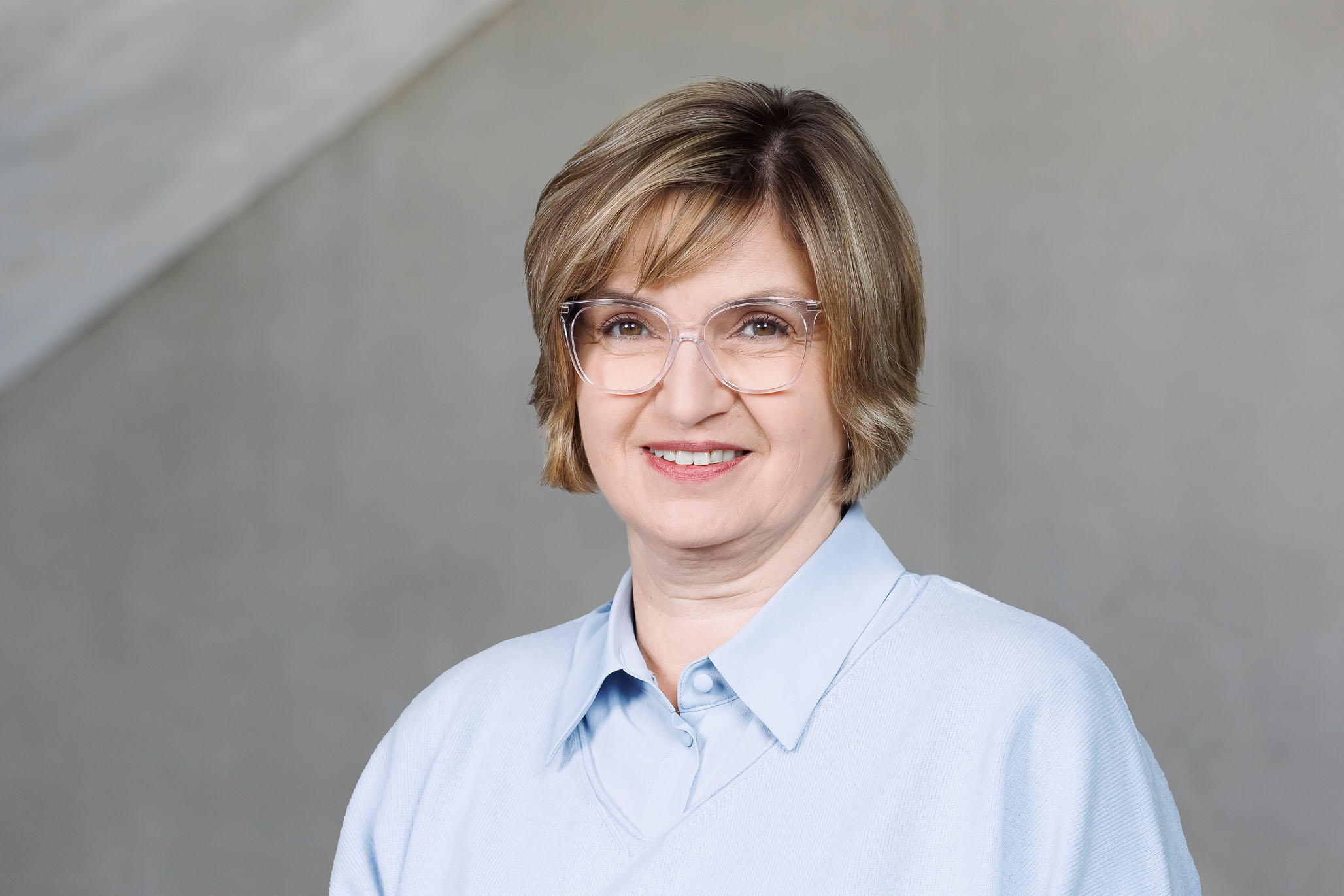CO₂ capture, use and integration
The aim of ACCSES is to test CO₂ capture and CO₂ use at TRL7 and integrate capture technologies in industrial installations in the most energy and cost-efficient manner, with a focus on industries that partly or fully emit biogenic CO₂. This will reduce costs and enable net carbon dioxide removal from the atmosphere. CO₂ capture testing will address three industrial sectors (pulp and paper, waste to energy and cement), while CO₂ use testing addresses the cement sector. CO₂ capture integration addresses: pulp and paper, cement, waste to energy and biorefineries.
CCUS chains and clusters
Furthermore, the project aims to develop and improve CCUS chains from continental Europe and the Baltic area to the North Sea, to provide access routes to the flexible, ship-based off-shore COv transport and storage infrastructures that are under development in the North Sea, such as the Northern Lights (represented by EQN).
Societal integration
In a third part, which runs parallel to the others, the project partners engage and inform stakeholders about CCUS, its societal benefits at large, and the marginal additional cost of the products produced with CCUS. The aim is to create an understanding and acceptance among cities and citizens of the solutions that CCUS can contribute in the development of the low-carbon society that is necessary to combat global warming. For CCUS to be successful and contribute to curbing CO₂ emissions at scale, it needs to become an integrated and obvious part of society and its infrastructure. In this context, a main hypothesis in ACCSESS is that cities striving for sustainable urban development can become drivers for CCUS implementation. Bringing complementarity to this city-oriented approach, this part of ACCSESS will also synthesize the project results as packages to foster CCUS technology and business model replicability.
More information: www.projectaccsess.eu


